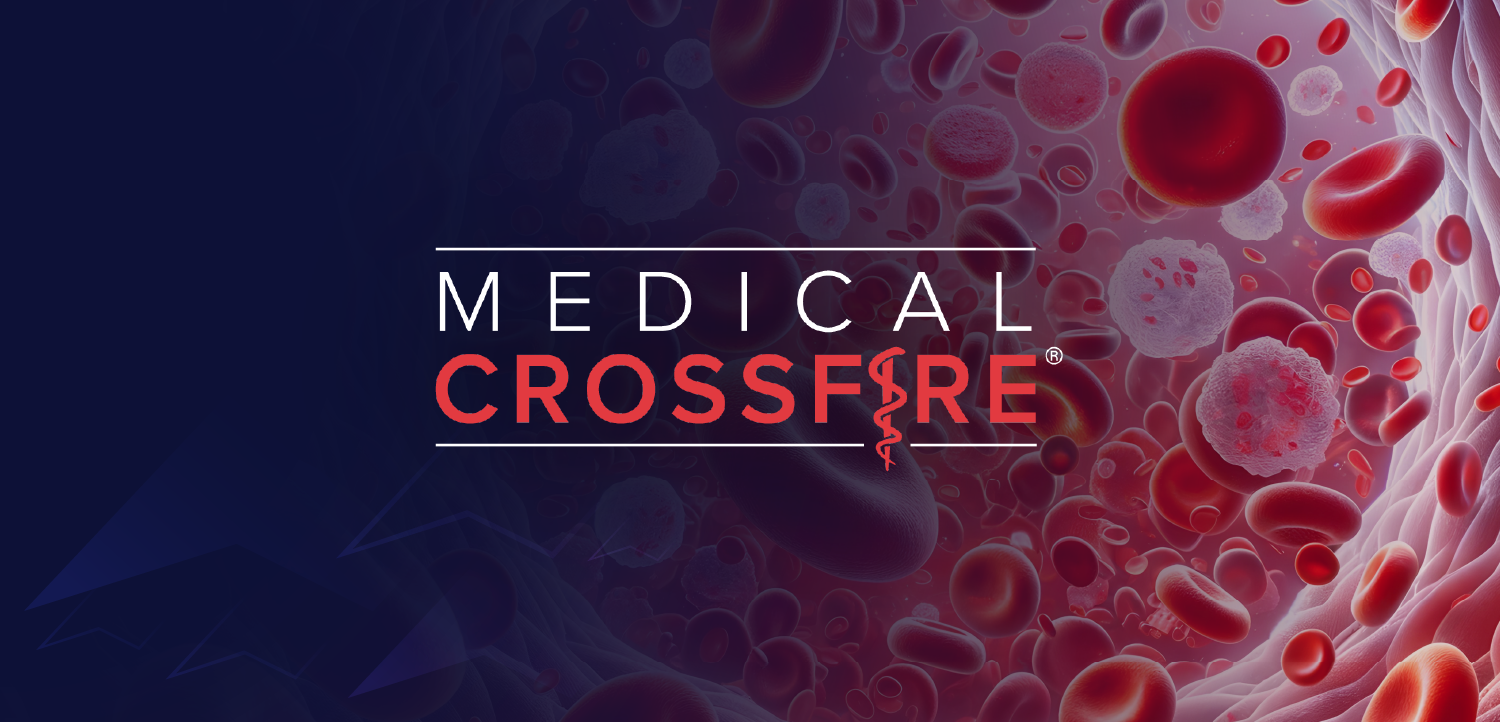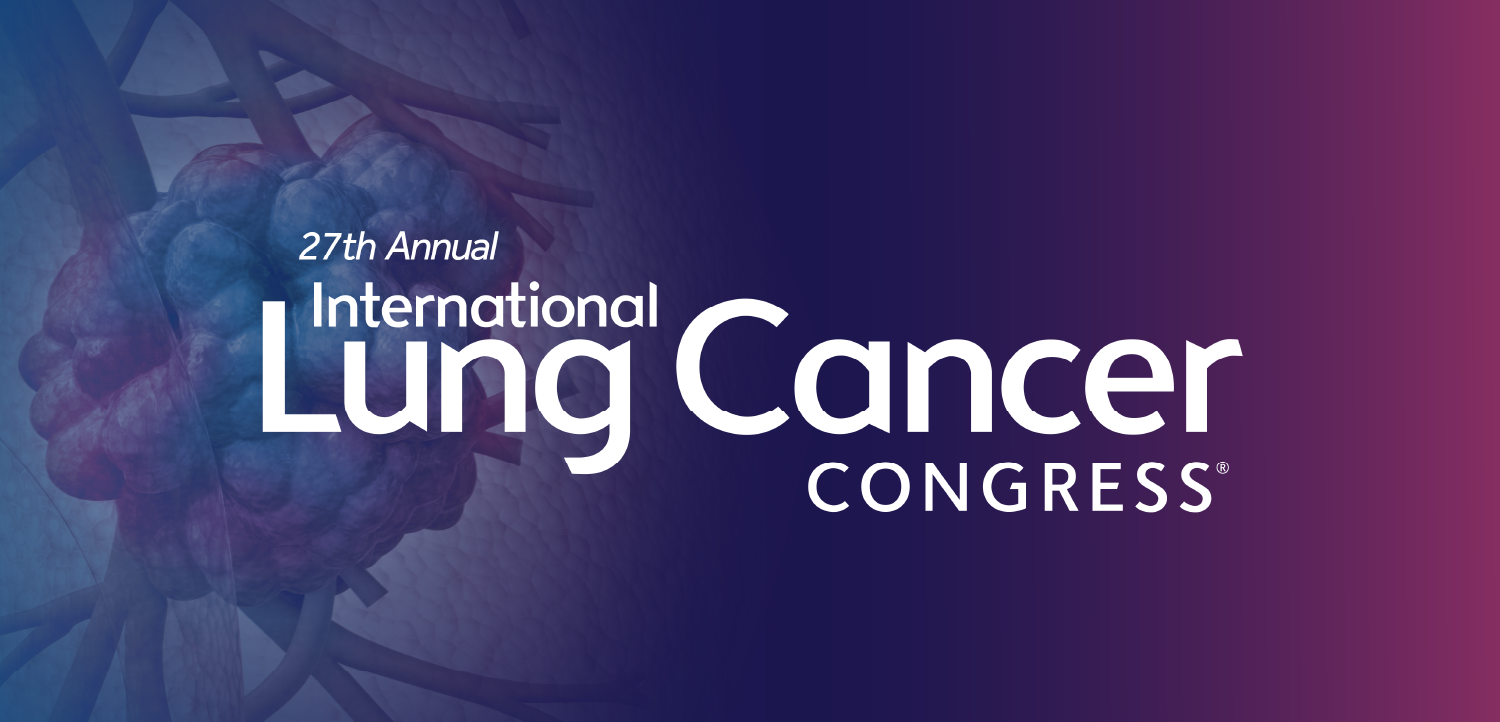
OX40 Antagonist Amlitelimab Meets All Primary and Secondary Endpoints in Phase 3 Atopic Dermatitis Trial
Sanofi's amlitelimab, dosed every 4 or 12 weeks, was superior to placebo in efficacy and skin clearance, with efficacy increasing throughout the treatment period.
Sanofi's amlitelimab, a fully human non-T cell depleting monoclonal antibody that targets
The
"These positive first phase 3 results of amlitelimab reinforce the potential of targeting the OX40-ligand to normalize the overactive immune system, without depleting T cells. Amlitelimab may represent a significant advance in the treatment of atopic dermatitis with clinically meaningful and progressively increasing efficacy [and] the potential of dosing only 4 times per year, Houman Ashrafian, Sanofi executive vice president, head of research and development, said in the statement.
Ashrafian pointed to the study population "that more closely resembles today’s diverse patient landscape [and included] a substantial proportion previously treated with advanced therapies," as support for amlitelimab's unique benefits.
Primary endpoints. Investigators measured key endpoints at week 24 for both dosing groups. For US and US reference countries, the primary endpoint was the proportion of patients with a validated Investigator Global Assessment scale for AD (vIGA-AD) of 0 (clear) or 1 (almost clear) and a reduction from baseline score of 2 points or more. For the EU, EU reference countries, and Japan, coprimary endpoints included the vIGA-AD 0/1 and a reduction from baseline score of 2 or more points, along with the proportion of patients reaching a 75% or greater improvement in the Eczema Area and Severity Index total score (EASI-75).
Findings
vIGA-AD 0/1. In the nonresponder imputation analysis, 21.1% of participants dosed every 4 weeks and 22.5% in the group dosed every 12 weeks achieved vIGA-AD 0/1, compared to 9.2% of the placebo group (P <.01 for both treatment arms). In the treatment policy analysis, 26.5% of participants in the former and 29.1% in the latter dosing groups achieved vIGA-AD 0/1 while just 10.5% in the placebo arm achieved the goal (P <.001 for both).
EASI-75. For EASI-75, the nonresponder imputation analysis found more than one-third of participants in each dosing arm (35.9%, every 4 weeks and 39.1% every 12 weeks) reached this endpoint, compared to 19.1% of the placebo group (P <.001 for both). The treatment policy analysis showed 46.0% of the every4-week group and 50.3% of the every 12 week group achieved EASI-75, compared with 27.6% of the placebo group (P <.001 for both).
COAST 1 also achieved key secondary endpoints after 24 weeks of treatment, including the proportion of participants who achieved a vIGA-AD 0/1 with barely perceptible erythema and a reduction from baseline of 2 points or more, and the proportion who achieved a 4-point or greater reduction in peak pruritus-numerical rating scale (PP-NRS) from baseline in patients with a baseline PP-NRS of 4 or more.
Adverse Events Were Mild
The most common treatment emergent adverse events (TEAEs) were AD, nasopharyngitis, and upper respiratory tract infection, all of which were more common in the placebo arm. Injection site reactions were numerically higher in amlitelimab arms (pooled 2.2% vs. 0.7% placebo) but were all mild. Rates of pyrexia (1.1% in pooled amlitelimab arms vs. 0.7% in placebo arm) and chills (0.4% in pooled amlitelimab arms vs. 0% in placebo arm) were low. Overall, rates of TEAEs, serious adverse events, and TEAEs leading to treatment discontinuation were similar between the placebo and pooled amlitelimab arms.
Sanofi plans to submit full COAST 1 results for presentation at a future medical meeting. The findings contribute to the OCEANA phase 3 program, which includes four additional studies—SHORE, COAST 2, AQUA, and ESTUARY—expected to read out through 2026 and form the basis for global regulatory submissions.
References
Newsletter
Enhance your clinical practice with the Patient Care newsletter, offering the latest evidence-based guidelines, diagnostic insights, and treatment strategies for primary care physicians.









































































































































































































































































































